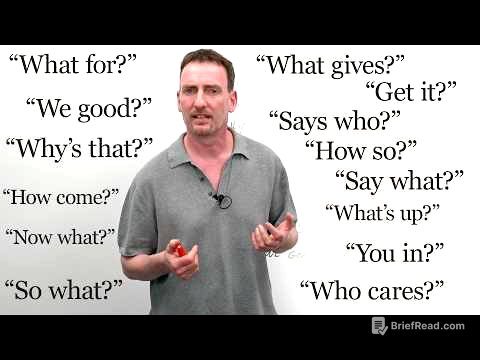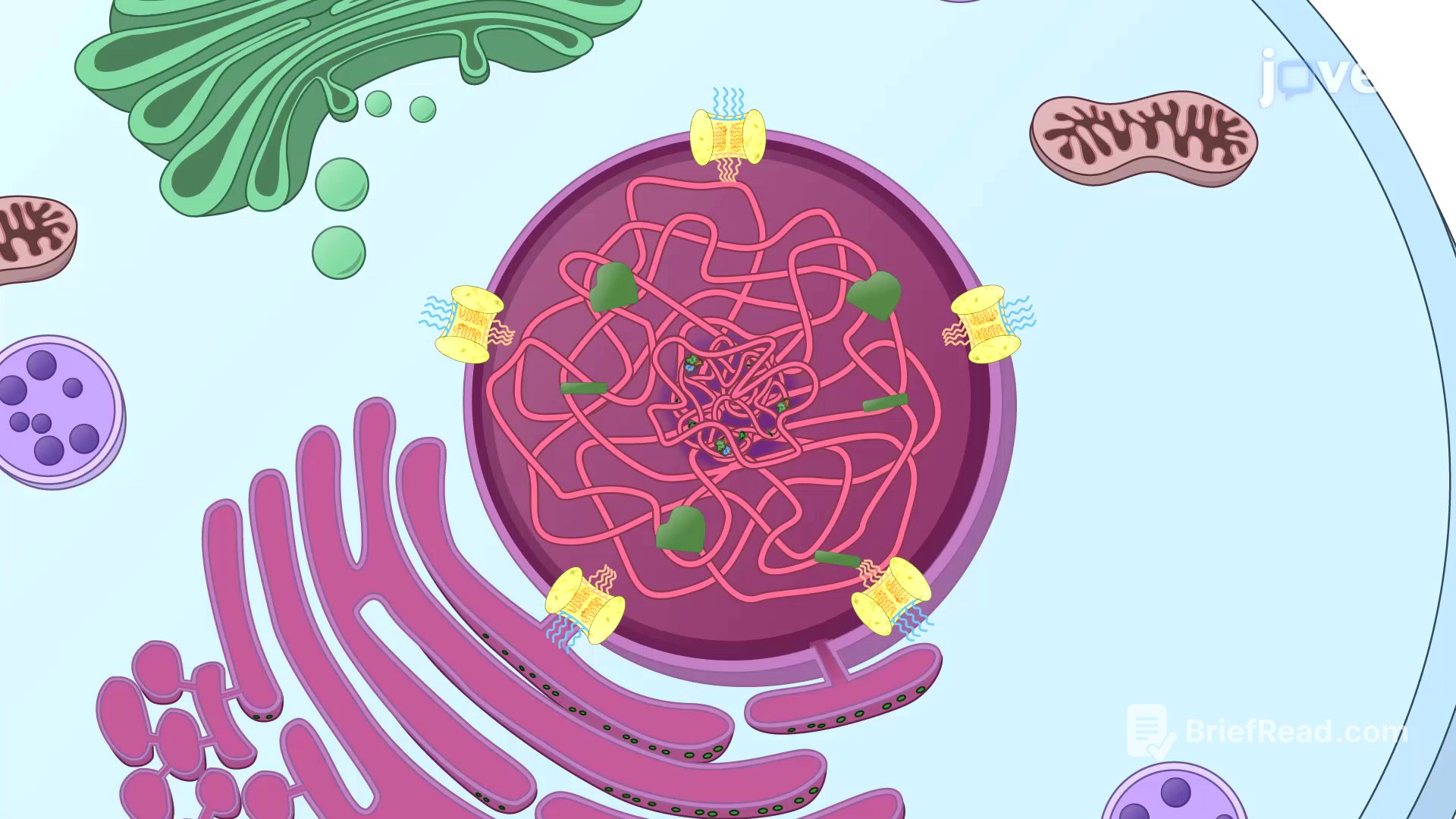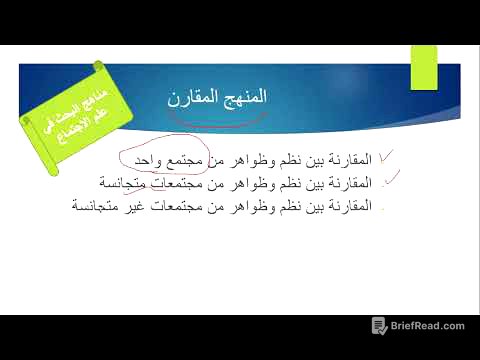TLDR;
This video presents a 4-minute protocol designed to activate the vagus nerve, aiming to shift individuals from a reactive state to a magnetic one, enhancing their ability to recognize and capitalize on opportunities. The protocol builds upon the foundational 4-7-8 breathing technique and incorporates specific body positions, vocal activation, and pressure calibration to amplify vagal stimulation. The goal is to improve vagal tone, increase heart rate variability, and ultimately reprogram the nervous system to perceive opportunities instead of threats, leading to improved manifestation.
- The vagus nerve is the master controller of the parasympathetic nervous system, connecting the brain to major organs.
- Activating the vagus nerve correctly can shift individuals to a state where manifestation works by improving vagal tone and heart rate variability.
- The protocol involves specific body positions, vocal activation, and pressure calibration to amplify vagal stimulation.
Introduction: The Vagus Nerve and Manifestation [0:00]
In 2021, a study at John's Hopkins found that a 4-minute protocol taught to men who had previously struggled in business led to reports of unexpected opportunities and coincidences within 90 days. The study focused on mapping the vagus nerve, which ancient texts referred to as the channel of divine communication. Activating the vagus nerve can shift individuals to a different frequency, making them more receptive to opportunities. The vagus nerve is the master controller of the parasympathetic nervous system, connecting the brain to major organs like the heart, lungs, and digestive system.
Understanding the Vagus Nerve and Its Pathways [1:07]
The vagus nerve has two pathways: the dorsal pathway, which triggers a shutdown response (freeze mode), and the vententral pathway, which promotes a calm, alert, and connected state. Most people oscillate between stress and shutdown, rarely accessing the vententral state where manifestation is effective. Vagal tone, which measures the function of the vagus nerve, is crucial; low vagal tone indicates stress, while high vagal tone allows for quick recovery and adaptability. Heart rate variability (HRV), the gap between heartbeats, is higher in individuals with good adaptability. High HRV allows individuals to interpret pressure as information rather than threat, which is essential for manifestation.
Why Manifestation Fails and the Advanced Protocol [3:29]
Manifestation often fails at the nervous system level because the body reads opportunity as a threat, causing contraction instead of expansion. The presented protocol aims to change this by building on the 4-7-8 breathing technique, incorporating body position, vocal activation, and pressure calibration to amplify vagal stimulation by 300%. This requires 4 minutes of uninterrupted time, a private space for making sound, and a chair.
Position One: The Vagal Reset Posture [4:47]
The vagal reset posture involves sitting forward on a chair with feet flat and wide, leaning forward with elbows on the knees, and dropping the head down. This position compresses the abdomen and activates the diaphragm, mechanically stimulating the vagus nerve. It also triggers the diving reflex, slowing the heart rate and engaging the vagus nerve.
Cycle One: Vagal Priming [5:39]
Vagal priming involves closing the eyes, exhaling completely, and inhaling deeply through the nose for 4 seconds into the belly. Holding the breath for 7 seconds while swallowing once stimulates the vagus nerve. Exhaling for 8 seconds through the mouth while making a humming sound creates vibrations that activate vagal pathways. Research indicates that vocal vibrations between 80 and 120 hertz directly activate these pathways.
Cycle Two: Pressure Calibration [7:18]
Pressure calibration involves inhaling for 4 seconds through the nose while pressing the tongue hard against the roof of the mouth (Kachari mudra), stimulating the trigeminal nerve. Holding the breath for 7 seconds while tensing the entire pelvic floor engages the dorsal vagus nerve from below. Exhaling for 8 seconds with the humming sound while releasing all tension teaches the nervous system the difference between activation and relaxation, training rapid state shifting.
Cycle Three: Manifestation Encoding [8:57]
Manifestation encoding involves inhaling for 4 seconds while visualizing the exact moment of manifestation, focusing on the location, faces, and details. Holding the breath for 7 seconds while feeling the physical sensation of that moment in the body and swallowing once to anchor it deeper. Exhaling for 8 seconds with the hum while imagining that sensation radiating outward like a signal broadcasts a frequency. The heart generates an electromagnetic field that becomes coherent and powerful in high vagal tone, detectable by other nervous systems.
Cycle Four: Integration Lock [10:49]
Integration lock involves inhaling for 4 seconds with a deep belly breath, holding for 7 seconds with the tongue pressed and pelvic floor engaged, and swallowing once. Exhaling for 8 seconds with the hum while releasing, reprogramming the vagal tone. Slowly sitting up and opening the eyes completes the sequence.
Deployment Strategy and Real-World Examples [12:24]
The protocol should be performed once daily for 21 days, ideally in the morning. It can also be used before high-stakes moments like negotiations or difficult conversations. Examples include a financial advisor who increased his close rate from 42% to 71% and a software engineer who attracted investors after using the protocol. The key is to track how you feel in pressure moments, not just what manifests. Manifestation is about being someone whose nervous system can receive opportunities.









